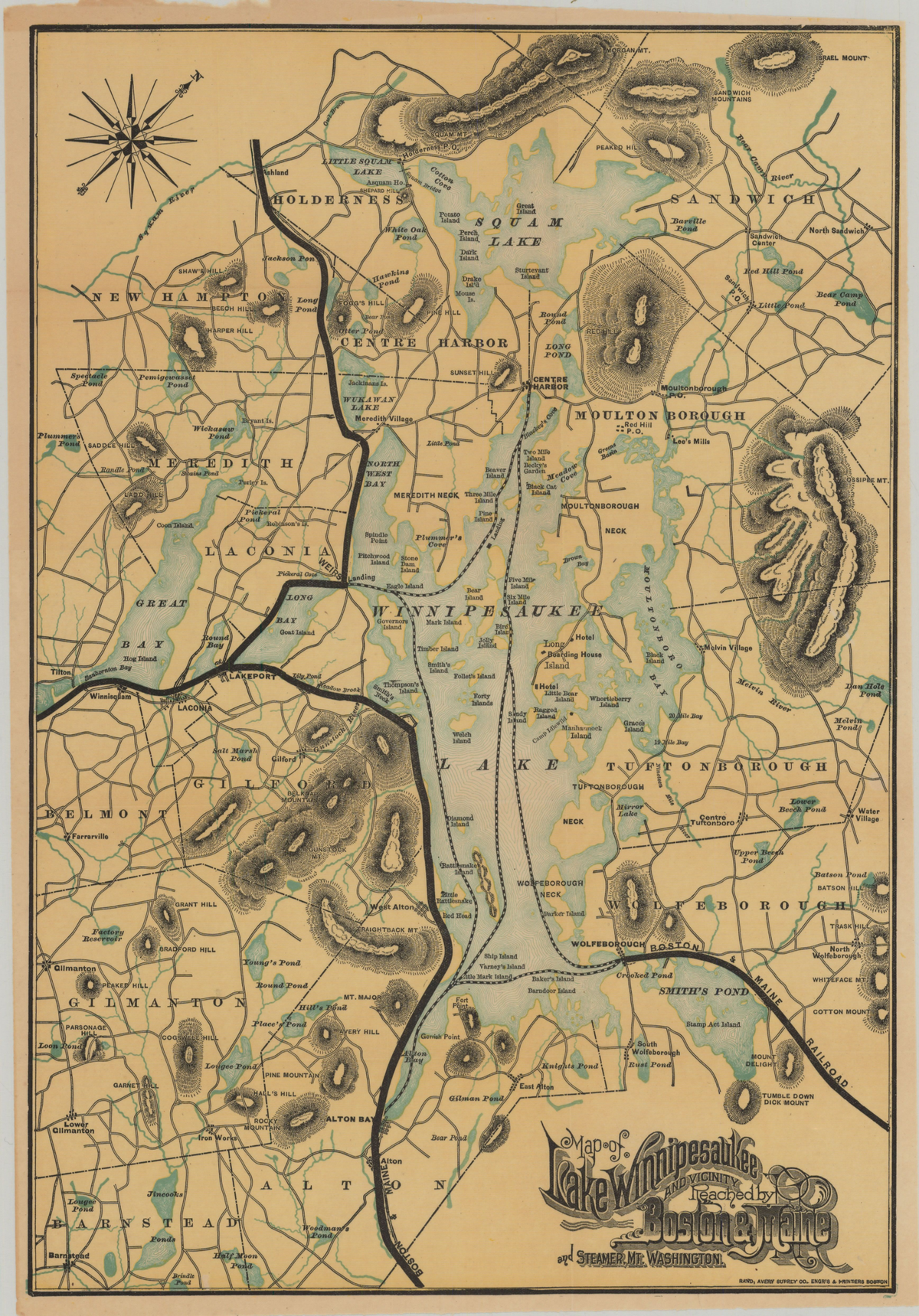Sonnet II
Being and nothingness

Let us consider three among the dead:
One—a man whose poetry I’ve read,
Two—a friend who drowned in Alton Bay,
Three—a boy who’s never lived a day.
The first, of course, I never could have known—
His candle, well before I waxed, outblown.
Two, as Art to Life, was bound to me,
Until in artful bounds she took the sea.
The third lives not at all, but is confined
Within a book—and so within my mind.
Blind were I to seize the common thread
And then untwist it for their being dead.
It matters not why they are ever still;
For with them each we all may kythe at will.
One—a man whose poetry I’ve read,
Two—a friend who drowned in Alton Bay,
Three—a boy who’s never lived a day.
The first, of course, I never could have known—
His candle, well before I waxed, outblown.
Two, as Art to Life, was bound to me,
Until in artful bounds she took the sea.
The third lives not at all, but is confined
Within a book—and so within my mind.
Blind were I to seize the common thread
And then untwist it for their being dead.
It matters not why they are ever still;
For with them each we all may kythe at will.
Author’s Note: “Kythe” (also spelled kithe) is an old Scots verb meaning “to make known; to become known; to make visible, manifest, show, or declare.” It was also used by Madeleine L’Engle in the Time Quintet to describe a form of wordless communication stemming from and/or resulting in a deep understanding of another person.
The rhyme scheme identifies this poem as a couplet sonnet, sometimes called a Clare sonnet, after John Clare. This type of sonnet is similar to the Cyhydedd Fer Sonnet, although it differs metrically as well as in the placement of the volta.




 Support Us
Support Us
Comments ()